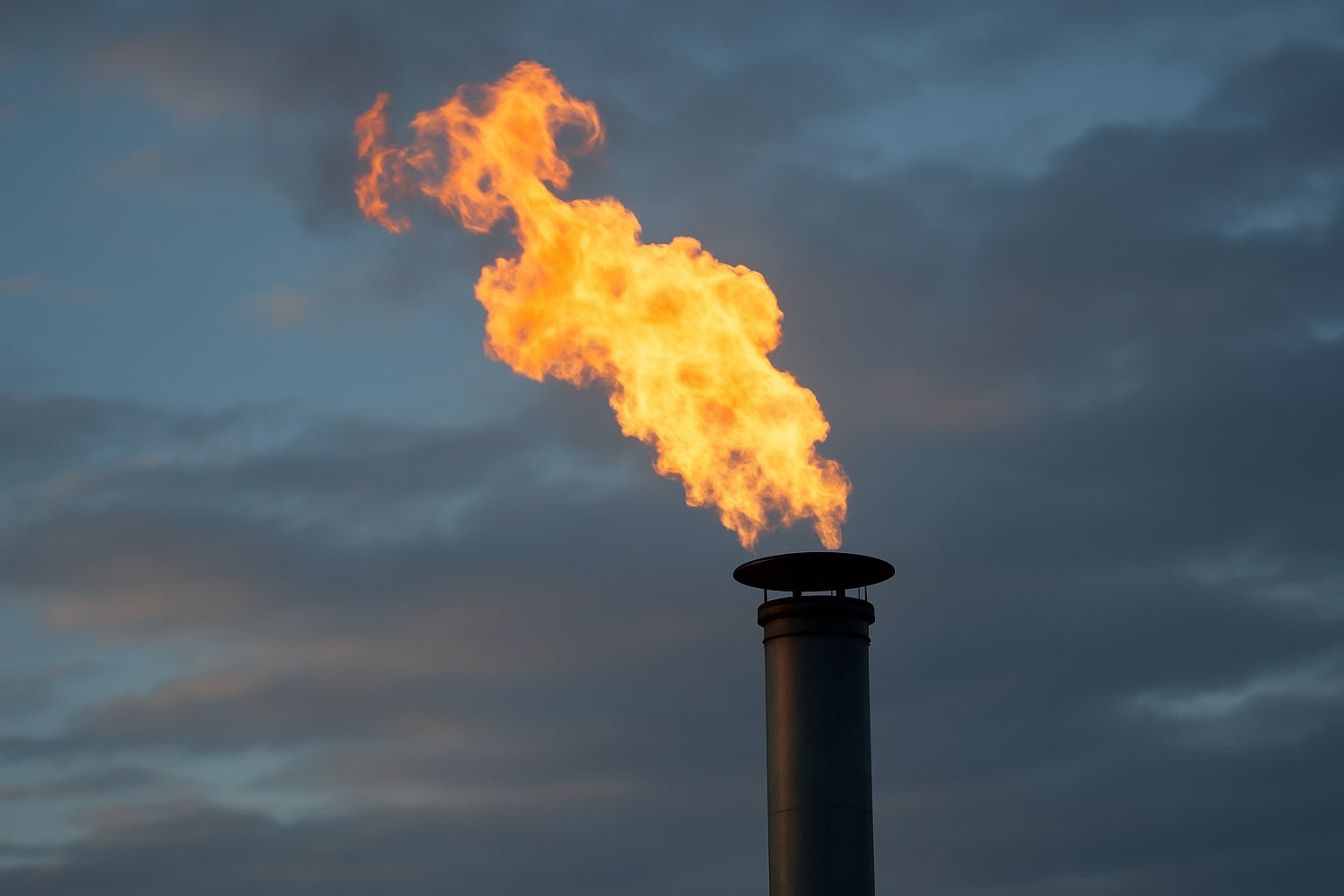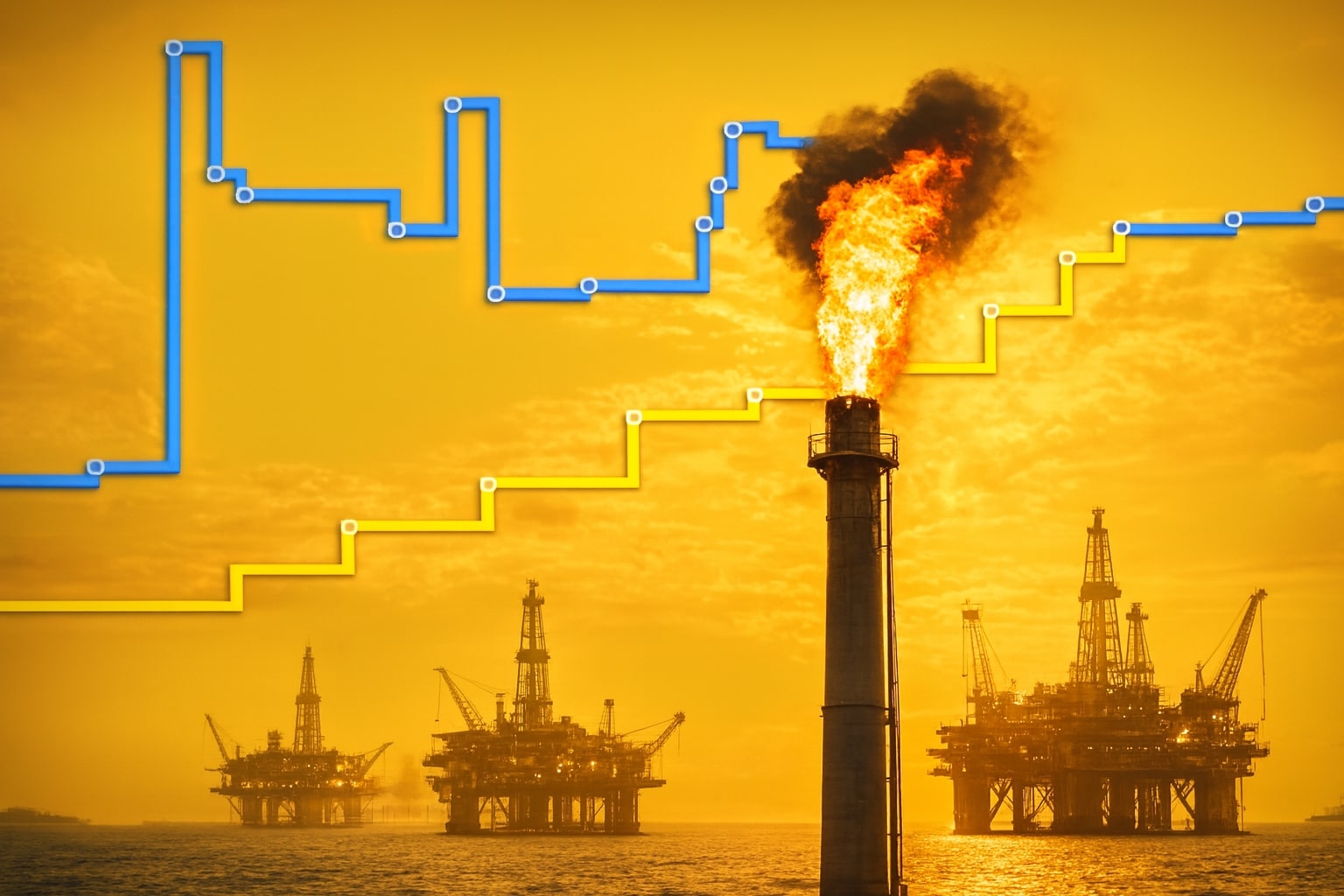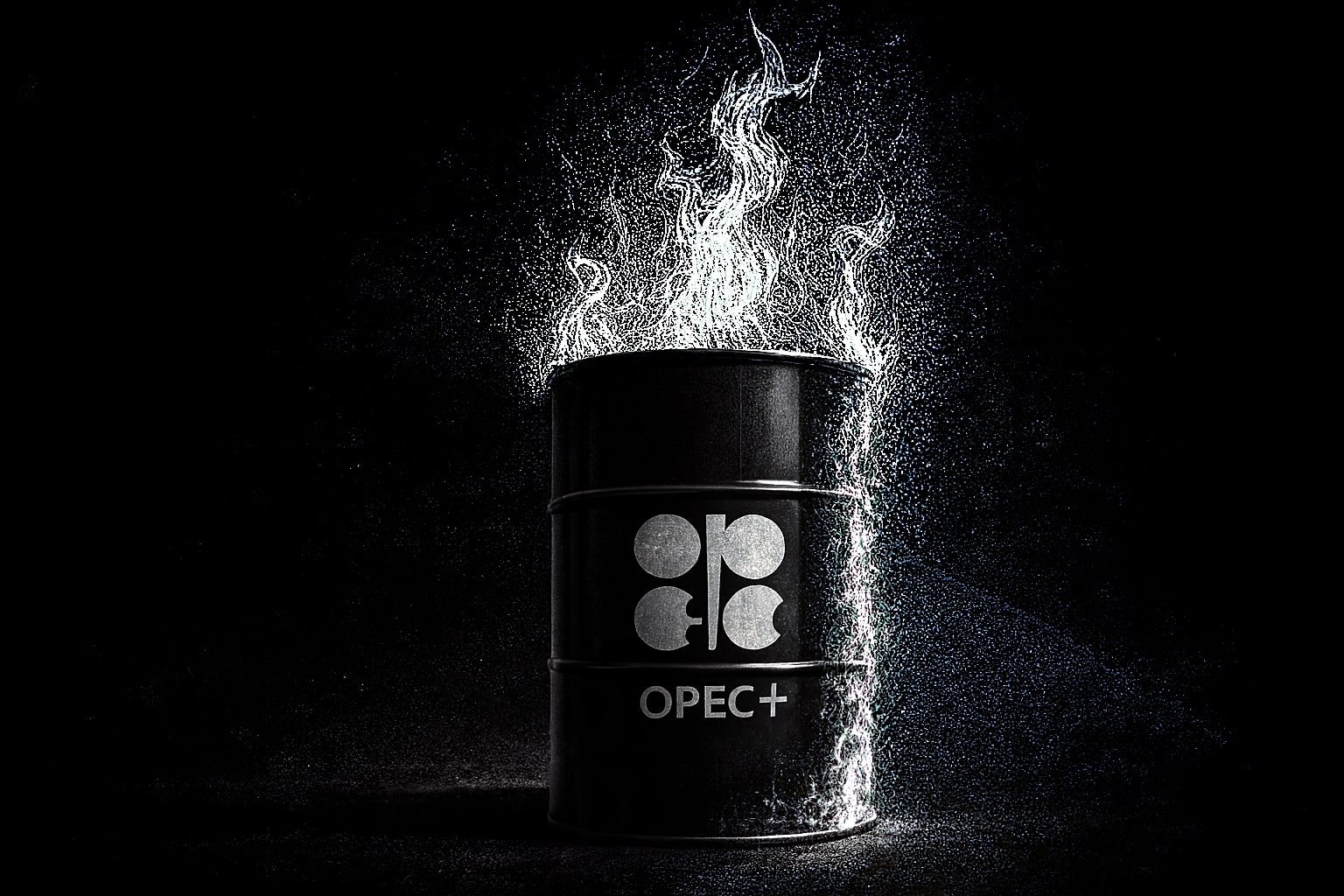Natural Gas Price Analysis: Navigating Geopolitical Pressures, Supply Shifts, and Technical Movements
Natural Gas Market Overview: Price Movement Amid Geopolitical and Supply Concerns
Natural gas prices have shown notable volatility, largely influenced by a mix of geopolitical risks and fluctuating supply and demand dynamics. As of the latest market data, Natural Gas (NG=F) futures are hovering around $3.15, with a potential breakout pattern taking shape as traders eye key support and resistance zones. The market is grappling with stalled nuclear talks in the Middle East, which could limit supply by 300,000-400,000 barrels per day. This, combined with global geopolitical uncertainty, continues to influence the price of natural gas, despite certain stabilizing forces such as Asia’s robust physical demand.
The U.S. market has seen significant fluctuations, with Natural Gas price movements largely driven by short-term technical factors and external geopolitical concerns. A key challenge for traders in this environment is the absence of strong demand drivers typical of the heating season, with both North America and Europe seeing lower heating requirements. As we transition into warmer months, the market looks to external factors, including supply issues and demand recovery, to dictate price action.
Technical Outlook for Natural Gas: Support and Resistance Levels to Watch
From a technical perspective, Natural Gas (NG=F) has managed to defend support around the $3.10 mark, signaling potential upside if the price can maintain above this level. However, the market remains confined within a descending channel, a pattern that has constrained price action. The immediate resistance, found at the 50-day Exponential Moving Average (EMA) around $3.32, remains a key barrier for bullish movements. Traders are closely monitoring the break above $3.23 for signs of a potential rally.
Despite the current bearish trend characterized by a series of lower highs and lows, recent bounces suggest that Natural Gas buyers may be stepping in at strategic levels. A breakout from this descending channel could target the $3.33 mark, with further upside potential towards $3.44 if bullish momentum prevails. On the downside, failure to hold above $3.10 could result in further testing of the $3.03 and $2.96 levels, marking critical points for traders to watch for a potential reversal.
Geopolitical and Market Sentiment: Key Drivers of Natural Gas Prices
The natural gas market’s outlook is also shaped by geopolitical factors. While Natural Gas (NG=F) has experienced some resilience due to supply-side uncertainties, such as stalled nuclear talks in the Middle East, the overall sentiment remains clouded by broader macroeconomic challenges. The recent concerns about global economic health, exacerbated by the U.S. downgrade by Moody’s and weak economic data from China, have dampened investor sentiment across the commodities sector. As a result, market participants are bracing for a potential 0.3% decline in global oil and gas demand in 2025, reflecting muted growth expectations.
Simultaneously, rising refining margins in Asia have provided some cushion for Natural Gas prices, offering hope for a short-term stabilization in the market. However, the global slowdown in demand coupled with high inventory levels presents a balancing act for natural gas bulls. As we head into the summer months, the demand for natural gas will heavily depend on weather conditions and further shifts in global trade policies.
Natural Gas Supply and Demand Outlook: Key Factors Impacting Price Trajectory
Looking ahead, the Natural Gas (NG=F) market will likely face continued pressure from oversupply concerns, particularly if geopolitical tensions persist or escalate. The potential for supply disruptions, particularly from Middle Eastern countries, has raised the stakes for global traders, adding volatility to the already turbulent market. If tensions in the Middle East lead to tighter supplies or further stalling of nuclear negotiations, traders may see an uptick in natural gas prices.
In addition, despite the challenges of weak demand during the shoulder season, the upcoming summer heat could trigger a rise in Natural Gas prices as cooling demand takes precedence. The market is currently eyeing a rebound in demand in late June, and any early signs of rising demand could catalyze a sharp upward move. Still, for now, the market’s focus remains on navigating the technical landscape and geopolitical risks that continue to influence price action.
Conclusion: Is Natural Gas Primed for a Rebound or a Deeper Correction?
In summary, Natural Gas (NG=F) remains in a precarious position, balancing between short-term technical resistance and long-term geopolitical uncertainties. The current price range of $3.10 to $3.32 is critical for determining whether a bullish breakout is possible. A move above the 50-day EMA and a sustained hold above the $3.23 level could set the stage for further upside, potentially targeting $3.44 and beyond. However, failure to hold these levels and a breakdown below $3.10 could lead to a retest of lower support zones, particularly around $3.03 and $2.96.
As traders navigate the natural gas market, the next several weeks will likely provide clarity on whether seasonal demand can reignite price momentum or if geopolitical risks will weigh further on market sentiment. In either case, Natural Gas is poised to remain volatile, with opportunities for both cautious longs and strategic shorts in the coming months.




















